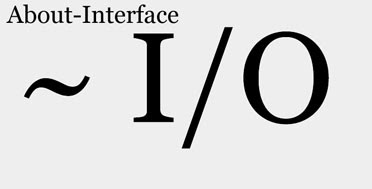Microsoft Research keeps one-upping themselves. Again, none of the technologies are particularly new. Its like Microsoft uses the arm for brainstorming tech part combinations until they get the right combination to make something practical and natural. Once they get the right set of pieces and it can be proven to be a viable product, they whittle it down into a finished product. (like Kinect) There are many practical applications that can be used for this format and it could also be quite a training tool.
What makes up HoloDesk? So lets see: We have a partially reflective mirror barrier that you can see through, but also reflects images from a display on top. The Kinect-like camera is used to capture hand recognition to track your movement and and face recognition to position the holographic effect where it needs to be, depending on your relative line of sight.
I really like this new Microsoft. They seem to have a heart and soul and believe in bringing cool stuff out of science fiction to real life. Gone, seems to the drab, boring Microsoft of old. Its been changing since probably around the time that they designed the Xbox 360, but didn't nearly entrench the company as a whole until much more recently. Good timing too. With the rise of smart phones and now tablets, they are becoming the ones having to fight for market share. Still, they are on the right course to having a much more appealing brand identity. They have always been a software company, but something sparked in them since the original Xbox: The fact that you need new technology to grow the software. A lot of their newest innovations seem to have a harmony between the two.
What makes up HoloDesk? So lets see: We have a partially reflective mirror barrier that you can see through, but also reflects images from a display on top. The Kinect-like camera is used to capture hand recognition to track your movement and and face recognition to position the holographic effect where it needs to be, depending on your relative line of sight.
I really like this new Microsoft. They seem to have a heart and soul and believe in bringing cool stuff out of science fiction to real life. Gone, seems to the drab, boring Microsoft of old. Its been changing since probably around the time that they designed the Xbox 360, but didn't nearly entrench the company as a whole until much more recently. Good timing too. With the rise of smart phones and now tablets, they are becoming the ones having to fight for market share. Still, they are on the right course to having a much more appealing brand identity. They have always been a software company, but something sparked in them since the original Xbox: The fact that you need new technology to grow the software. A lot of their newest innovations seem to have a harmony between the two.

